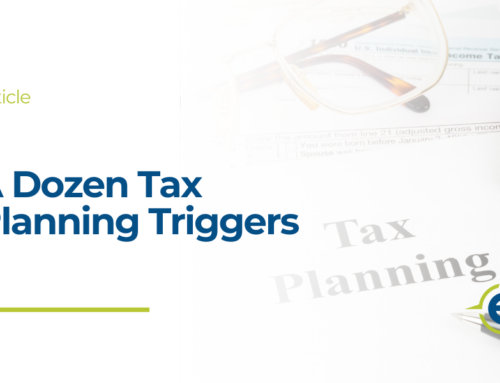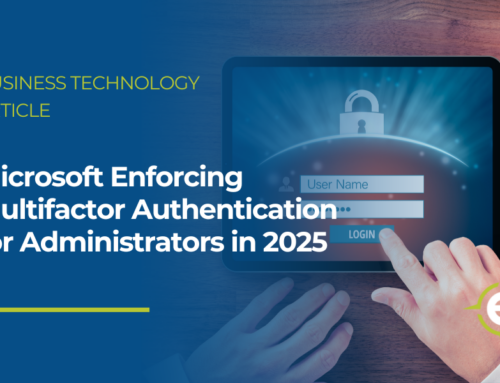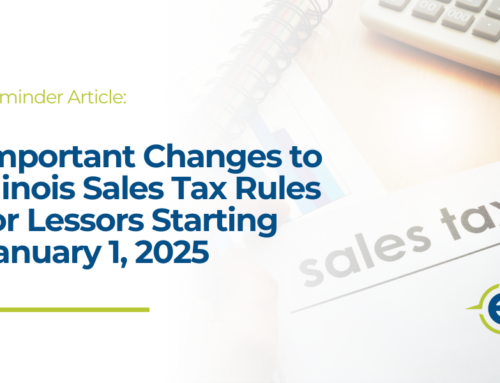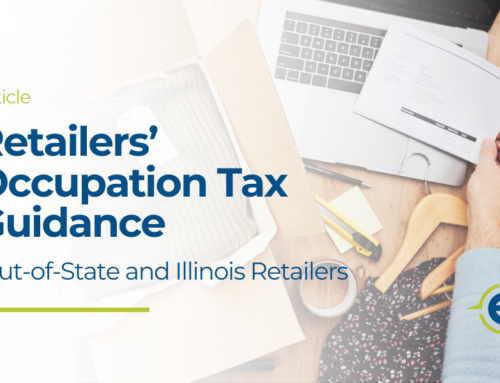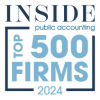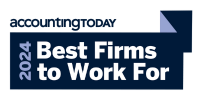Latest PPP Forgiveness Guidance
Recently, the Small Business Administration in conjunction with the Department of Treasury, released a revised PPP loan forgiveness application form and instructions as well as a new EZ form and instructions which streamlines the forgiveness process for certain borrowers. They also released additional clarification as follows.
What can be included for Owners Compensation and Benefits?
Compensation
- Owner Compensation is capped at $15,385 for the 8-week period or $20,833 for a longer covered period up to the 24 weeks
Health Insurance
- You cannot include employer health insurance paid on behalf of owners
Retirement Contributions
- Self Employed Individuals and General Partners in a Partnership – You cannot include employer retirement contributions paid on behalf of these owners
- S Corporation Owner-Employees – Employer retirement contributions on behalf of these owners is capped at 2.5 months of their 2019 contribution amounts
Who can use the new EZ Form?
Generally, you can use the streamlined EZ form to apply for forgiveness if any one of the following applies:
- You file as a Schedule C and had no employees at the time of the PPP loan application
- You did not reduce annual salary or hourly wages of any employee earning $100,000 a year or less by more than 25% during the covered period compared to 1/1/20 through 3/31/20 – AND – You did not reduce the number of employees or the average hours of employees between 1/1/20 and the end of your covered period
- You did not reduce annual salary or hourly wages of any employee earning $100,000 a year or less by more than 25% during the covered period compared to 1/1/20 through 3/31/20 – AND – You were unable to operate during the covered period at the same level of business activity as before February 15, 2020 due to compliance with requirements established or guidance issued between March 1, 2020 and December 31, 2020 by select federal agencies only related to the maintenance of standards of sanitation, social distancing, or any other work or customer safety requirement related to COVID-19
What documents must be submitted with the new EZ Form?
Payroll and Benefits
- Bank statements or third-party payroll service provider reports documenting the amount of payroll paid to employees
- Federal Forms 941 (or equivalent third-party payroll service provider reports) that include any part of the covered period
- State unemployment tax filings that include any part of the covered period
- Payment receipts, cancelled checks, or account statements documenting the amounts of any employer contributions to employee health insurance and retirement plans
- The average number of full-time equivalent employees on January 1, 2020 and at the end of the covered period
Other Costs
- Interest Payments – copy of amortization schedule and receipts or cancelled checks OR lender account statements from February 2020 through one month after the covered period
- Rent or Lease Payments – copy of current lease agreement and receipts or cancelled checks OR lessor account statement from February 2020 through one month after the covered period
- Utility Payments – copy of invoices and receipts, cancelled checks, or account statements from February 2020 and for the covered period
When should I apply for loan forgiveness?
Recent guidance clarifies that borrowers can apply for forgiveness even before the covered period is over if all the money has been spent.
There are a couple of situations in which you should apply for forgiveness early and before either of the following takes place:
1) If you plan or need to reduce your full-time equivalents
2) If you plan or need to reduce salaries and/or wages of existing employees by more than 25%
Other New Provisions/Clarifications
- If a borrower applies for forgiveness before the end of the covered period and has reduced any employee’s salaries or wages in excess of 25 percent, the borrower must account for the excess salary reduction as of the date of the forgiveness application for the full 8-week or 24-week covered period.
- It appears now that all payroll paid during the covered period as well as all payroll incurred during the covered period can be included in the forgiveness.Effectively, this appears to mean that you may be able to include an additional payroll at the beginning of the covered period as long as it was paid during the covered period, even if it was not incurred during the covered period.This may or may not be relevant with the extension to 24 weeks for most borrowers but is worth mentioning as a possible option.
As it stands right now, we anticipate that many borrowers will be able to use the EZ form and because of the extended time period up to 24 weeks, many will be able to apply for forgiveness based on payroll alone which would significantly reduce the administrative burden of tracking and supplying backup documentation for all of the other expenses. We are pleased with some of these developments and will continue to watch for more in the coming weeks. As soon as you believe you have spent all of the money you received from the PPP, we encourage you to contact us so we can begin to assist you with the forgiveness application process. In the meantime, please always feel free to reach out to our team at Eder, Casella & Co. with any questions you may have.
Click Here to see the full list of our Covid-19 Resources

